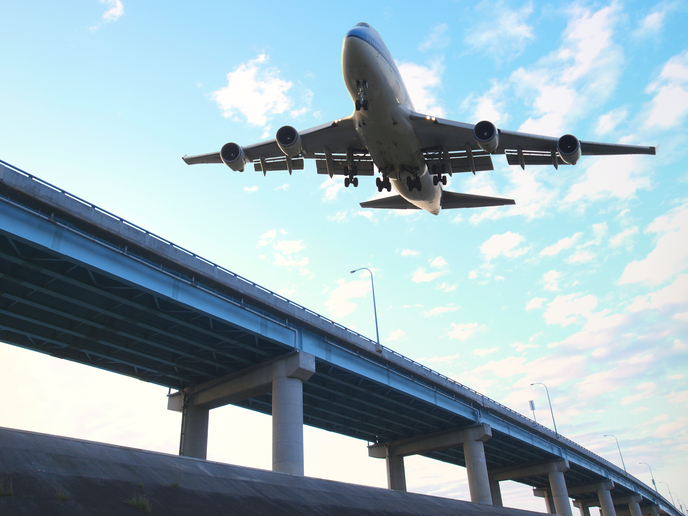AI to help connect all the steps in your journey
In the not-so-distant future, travellers will land at an airport, take an air taxi to the city centre, transfer to a train or underground to the suburbs, and then ride a shared bicycle to their final destination. Better yet, this won’t happen as four separate segments but as one seamless journey. “The future of transport is multimodal, but building that future requires integrating today’s air traffic management system with existing ground transport modes,” says Ricardo Herranz, CEO at Nommon Solutions and Technologies. The benefits of having such a seamless, multimodal mobility ecosystem include lower administrative burden for the passenger, decreased risk of delays, and more efficient route planning. “Our vision is to create a multimodal European transport system where the different modes are seamlessly integrated, allowing passengers to travel door to door in an efficient, sustainable and resilient manner,” explains Herranz. Realising this vision requires coordinated planning and collaborative decision-making across all involved transport modes. It also means developing multimodal information systems that enable passengers to plan and reconfigure their journeys in real time. The TRANSIT (Travel Information Management for Seamless Intermodal Transport) project set out to achieve both. It was supported by the SESAR Joint Undertaking, a public-private partnership set up to modernise Europe’s air traffic management system. “By bringing together recent advances in mobility data analytics and long-distance multimodal travel modelling, we aim to develop a methodological framework and a set of software tools to support the design, implementation and evaluation of new intermodal concepts and solutions,” adds Herranz, who serves as the project’s coordinator.
Understanding the passenger journey
At the heart of the project’s work is an Intermodality Assessment Framework, a unique tool for evaluating how a specific transport solution would impact the overall passenger journey. This framework includes a set of multimodal, passenger-centric, door-to-door performance indicators that can be used to look at such things as travel time, travel time reliability, affordability, environmental impact and resilience. “We also created data analytics techniques that combine big data with customer input, allowing one to accurately reconstruct long-distance, multimodal trips,” notes Herranz. Another key feature of the framework is an open-source tool for simulating long-distance travel demand and airport access in an integrated manner. Although researchers originally planned on developing this tool using an existing travel demand library called C-TAP, they soon found that it was unable to meet the needs of multimodal simulation. Instead, they designed their own. “Our J-TAP library is designed so it can be easily used by developers to create and manipulate multimodal networks,” remarks Herranz. “Although this required considerably more work than was planned, we believe it will maximise the future reuse and extension of the project’s results.”
Towards a multimodal transport future
In addition to the framework itself, the project is also developing several intermodal solutions. For example, the Intermodal Timetable Synchronisation tool enables the design of synchronised timetables between air and ground transport modes. The Intermodal Disruption Management Tool is designed to facilitate information sharing between air traffic management and ground transport suppliers as a means of mitigating unplanned disruptions. The effectiveness of these tools will be evaluated using the Intermodality Assessment Framework. “By filling the gaps between various modes of transportation, solutions like these will pave the way towards a seamless, multimodal future,” concludes Herranz.
Keywords
TRANSIT, transport, multimodal, data analytics, air traffic management, airport, taxi, train, underground, mobility, big data







